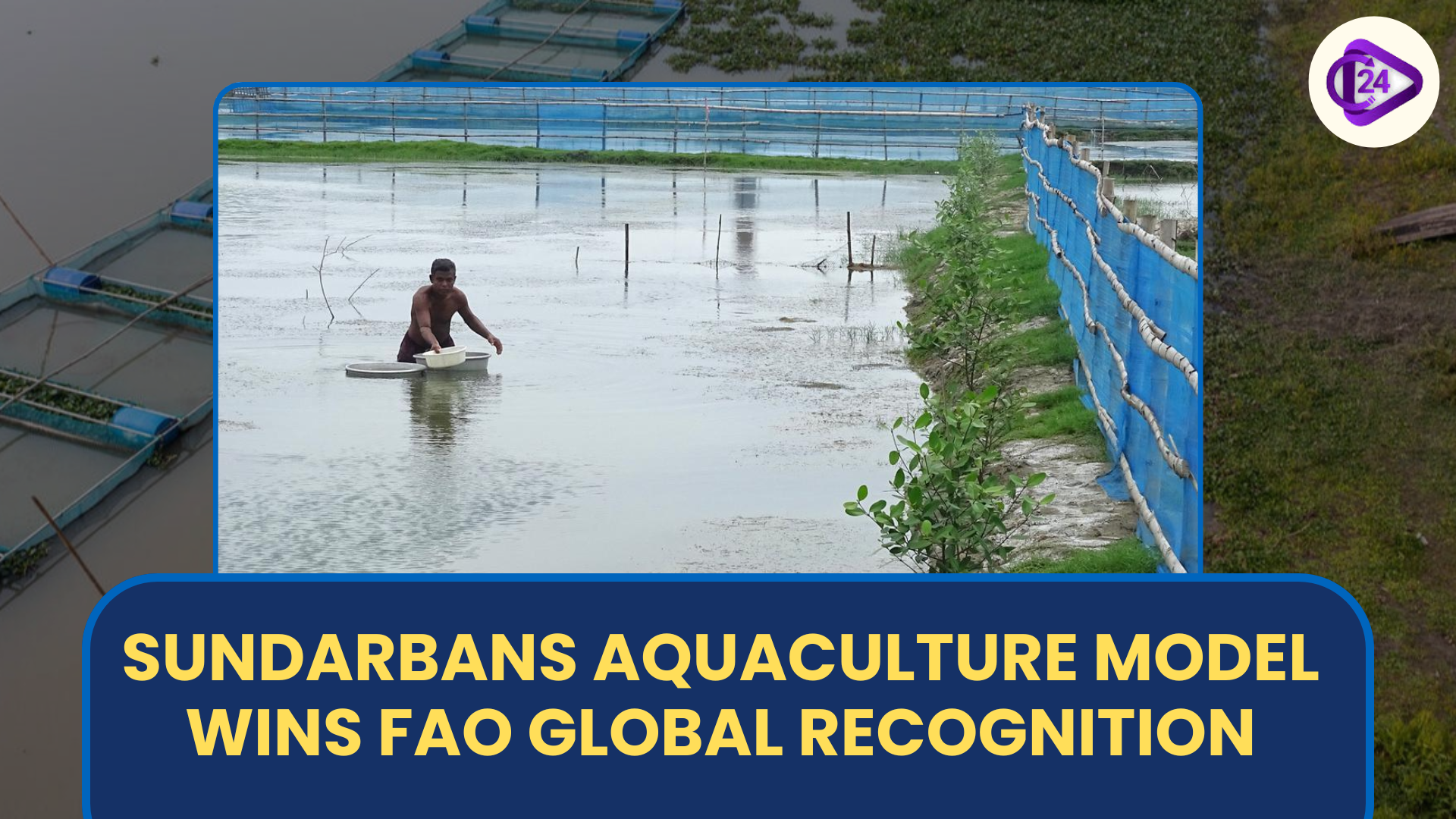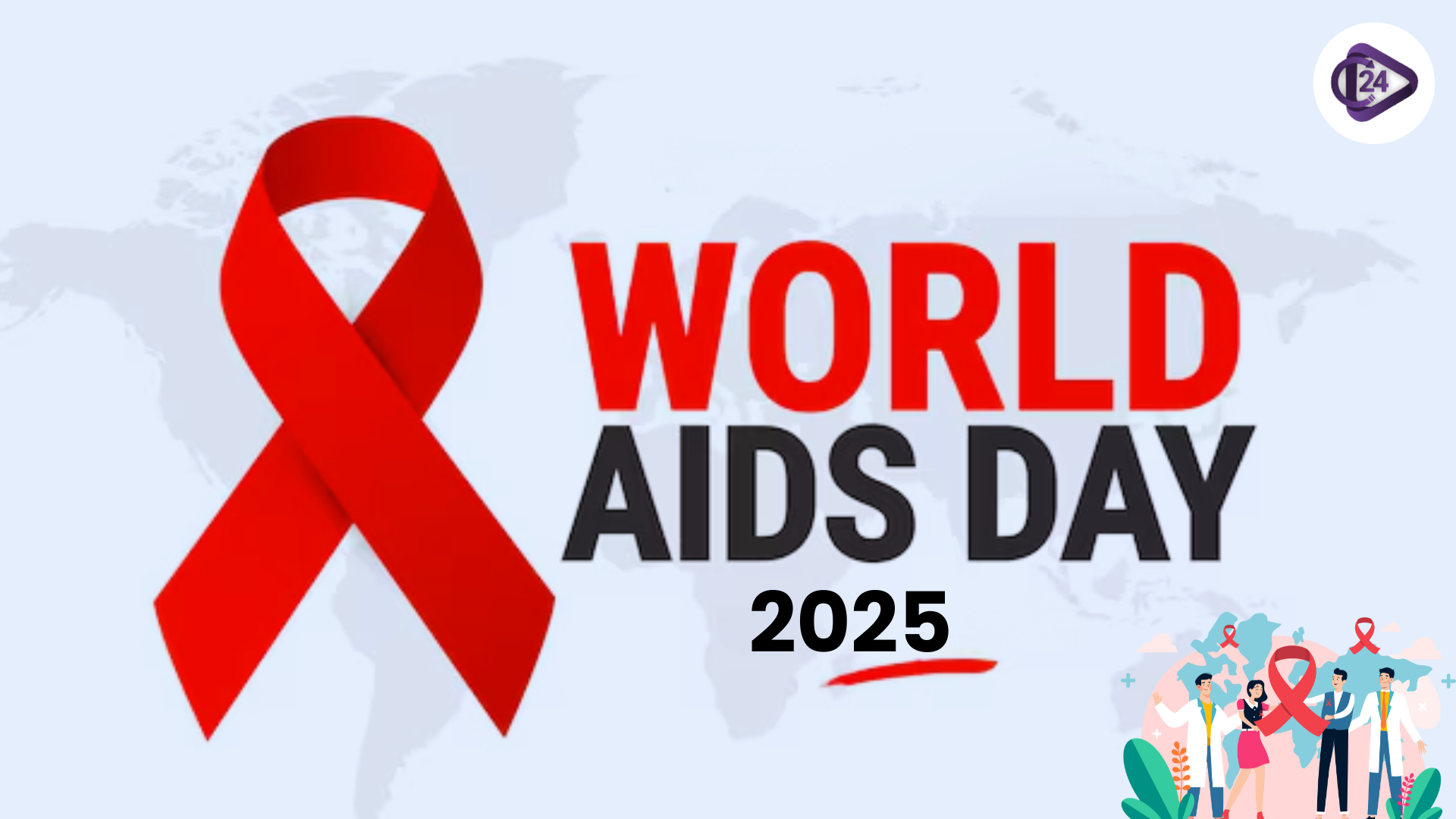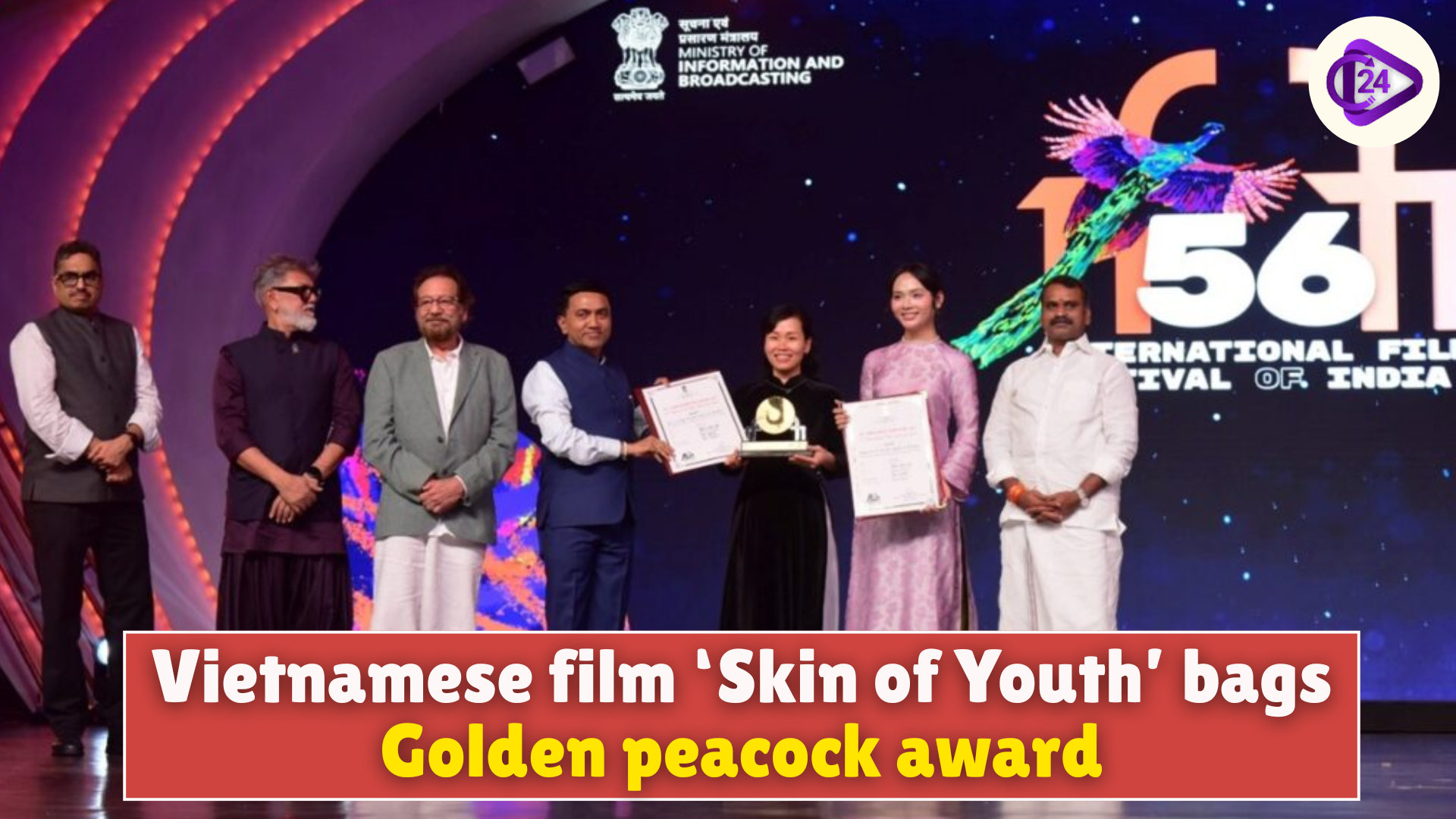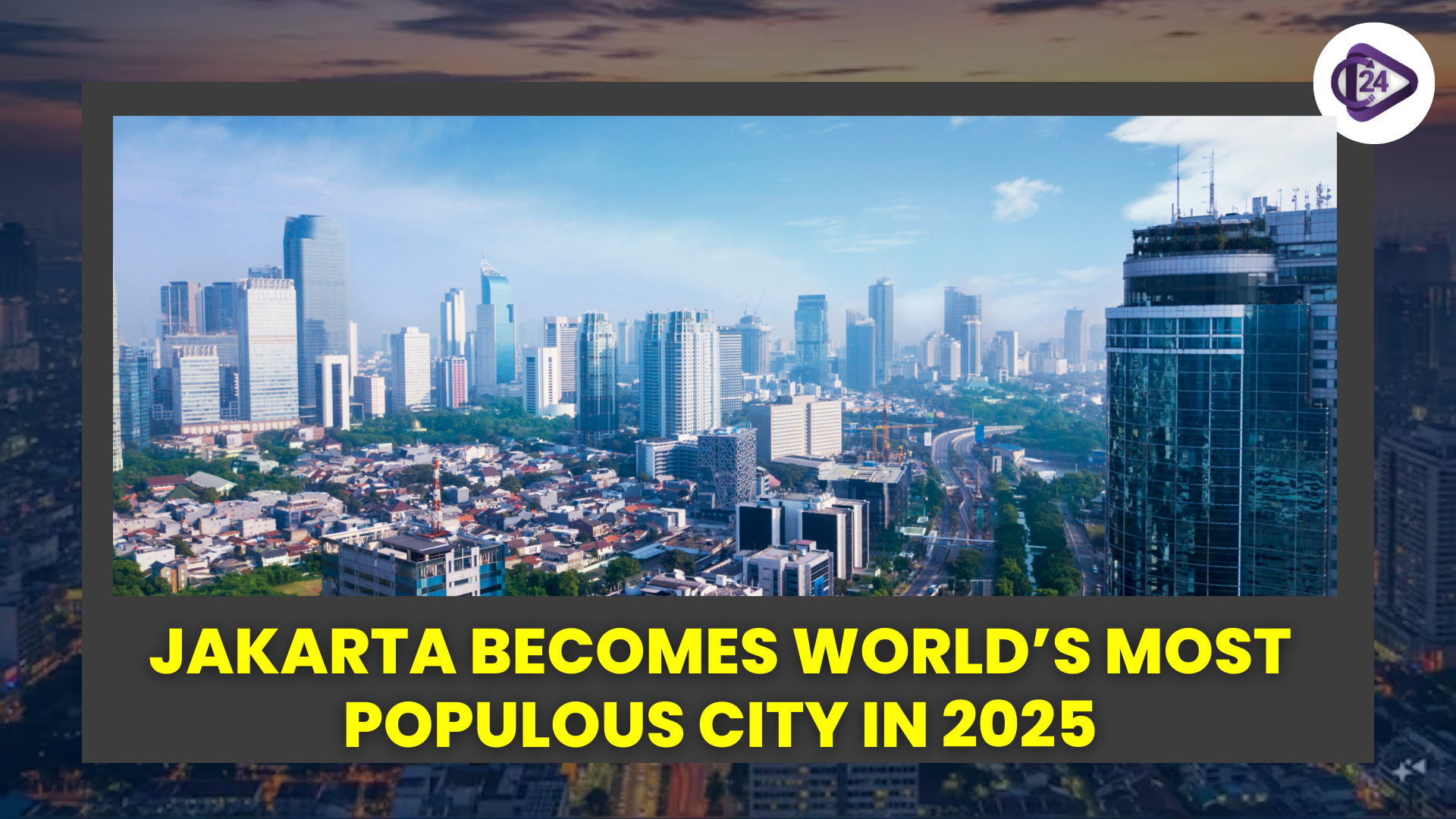
The Sundarbans Aquaculture model was acclaimed by the international body, the Food and Agriculture Organization (FAO), as a pioneer in its practice. The model was designed to combine shrimp cultivation with mangrove cover, encouraging climate-based livelihoods while also safeguarding vulnerable natural environments. It has increased revenue, decreased production costs, and enhanced sustainability through its implementation on several hectares by local farmers. The award emphasizes the success of ecosystem-based aquaculture practices, which are economically viable and sustainable for conserving the environment. The recognition makes the Sundarbans a world model of how sustainable aquaculture can help communities and support biodiversity in the endangered coastal areas.
Key Facts of Sundarbans
Location: It covers the southern West Bengal (India) and Bangladesh, and is the largest mangrove forest in the world.
Rivers: the Delta of the Ganga, Brahmaputra, and Meghna.
Flora and Fauna: Royal Bengal Tigers, estuarine crocodiles, and a variety of mangroves are famous.
Economy: Fisheries, aquaculture, honey collection, and tourism are the key sources of livelihood.
Climate Threats: Cyclones, the rise of sea level, and intrusion of salinity impact ecosystems and human settlements.
Conservation: Sundarbans National Park (UNESCO World Heritage, 1987) and Biosphere Reserve (1989).
Innovations: Environmentally friendly models of aquaculture are known worldwide.
Conclusion
The success of ecosystem-based and sustainable practices, which once more balance livelihood generation with environmental preservation, can be seen in the FAO recognition of the Sundarbans aquaculture model. The model can boost the income of farmers and decrease the ecological impact and climate resilience by combining shrimp farming and mangrove protection. It provides an international standard of sustainable aquaculture in the risky coastlines areas.



 Netflix to buy Warner Bros Discovery's Studios, Streaming Unit for $72 Billion
Netflix to buy Warner Bros Discovery's Studios, Streaming Unit for $72 Billion Russia to Join India-led International Big Cat Alliance
Russia to Join India-led International Big Cat Alliance India, Maldives Begin 14th Edition of Exercise Ekuverin 2025
India, Maldives Begin 14th Edition of Exercise Ekuverin 2025 World AIDS Day 2025
World AIDS Day 2025 Riyadh Metro Breaks Guinness World Record as Longest Driverless Metro Network
Riyadh Metro Breaks Guinness World Record as Longest Driverless Metro Network Vietnamese Film ‘Skin of Youth’ Bags Golden Peacock Award
Vietnamese Film ‘Skin of Youth’ Bags Golden Peacock Award India Launches Operation Sagar Bandhu to Support Sri Lanka After Cyclone Ditwah
India Launches Operation Sagar Bandhu to Support Sri Lanka After Cyclone Ditwah Jakarta Becomes World’s Most Populous City In 2025
Jakarta Becomes World’s Most Populous City In 2025 G20 Summit 2025 Overview: Theme, Venue Countries and Goals Explained
G20 Summit 2025 Overview: Theme, Venue Countries and Goals Explained Hayli Gubbi Eruption Raises Regional Alert Across Ethiopia and Neighbouring Nations
Hayli Gubbi Eruption Raises Regional Alert Across Ethiopia and Neighbouring Nations






